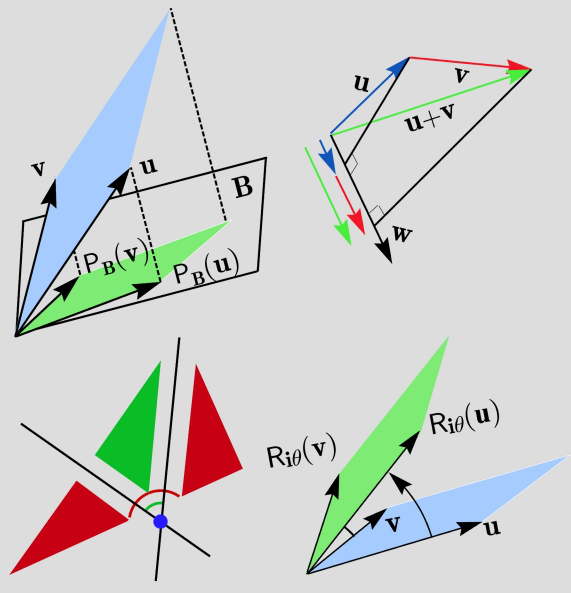This textbook for the second year undergraduate linear algebra course
presents a unified treatment of linear algebra and geometric algebra,
while covering most of the usual linear algebra topics.
Geometric algebra and its extension to geometric calculus simplify, unify,
and generalize vast areas of mathematics that involve geometric ideas.
Geometric algebra is an extension of linear algebra.
The treatment of many linear algebra topics is enhanced by geometric algebra,
for example, determinants and orthogonal transformations.
And geometric algebra does much more, as it incorporates the complex, quaternion,
and exterior algebras, among others.
Geometric algebra and calculus provide a unified mathematical language for many areas of physics (classical and quantum mechanics, electrodynamics, relativity), computer science (graphics, robotics, computer vision), engineering, and other fields.
This book can be used as a linear algebra text, without geometric algebra, as outlined in the preface. Thus an instructor can include geometric algebra as time permits, or teach a two track course, with some students studying geometric algebra and some not.
Conformal Model
Chapter 10 is devoted to the the magical conformal model.
Suggestions for instructors (one page).
Videos
I have created a six video YouTube playlist
Geometric Algebra, about 72 minutes in all, taken from the book.
Some knowledge of linear algebra is a prerequisite for the videos, but
no knowledge of geometric algebra is assumed.
The book assumes no previous knowledge of linear algebra.
